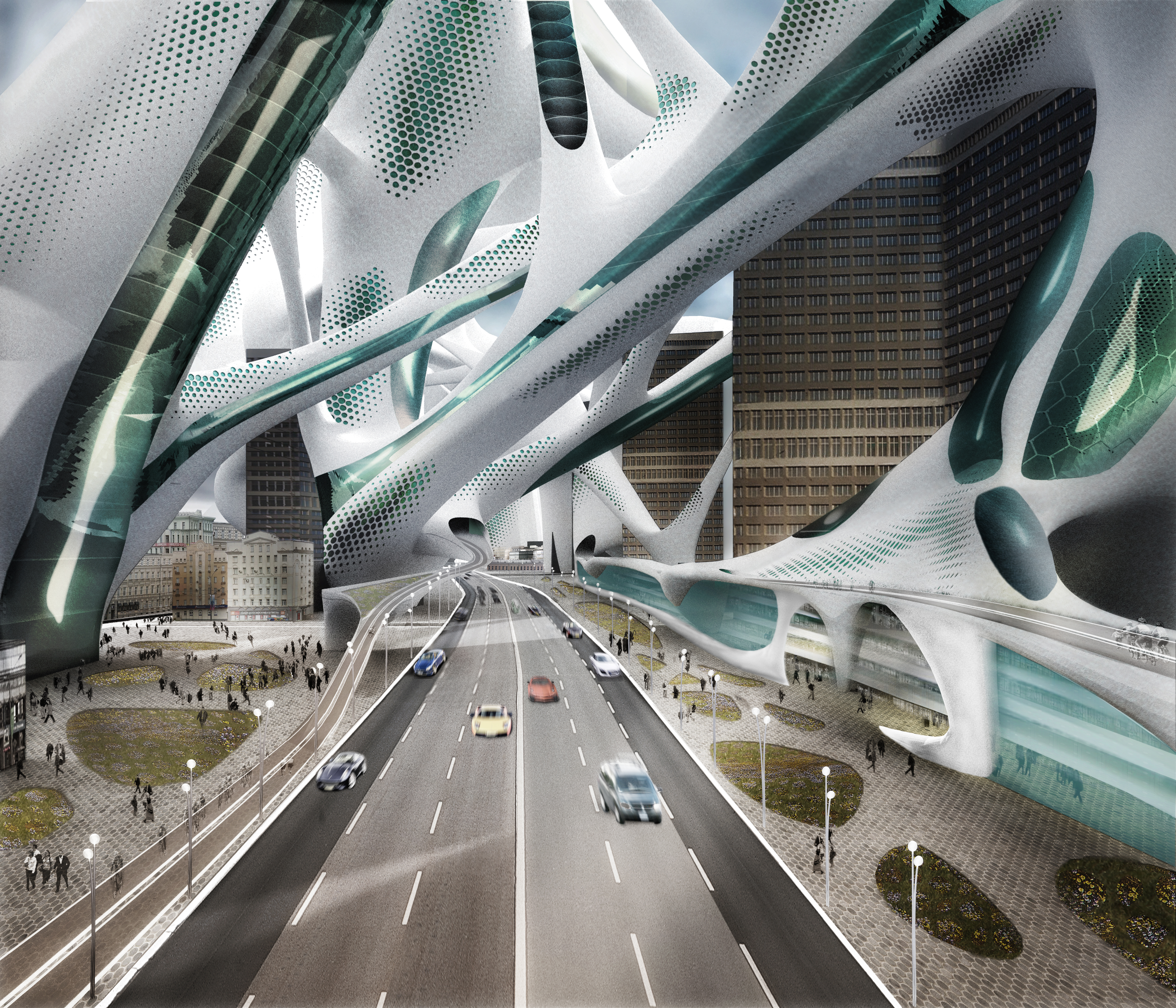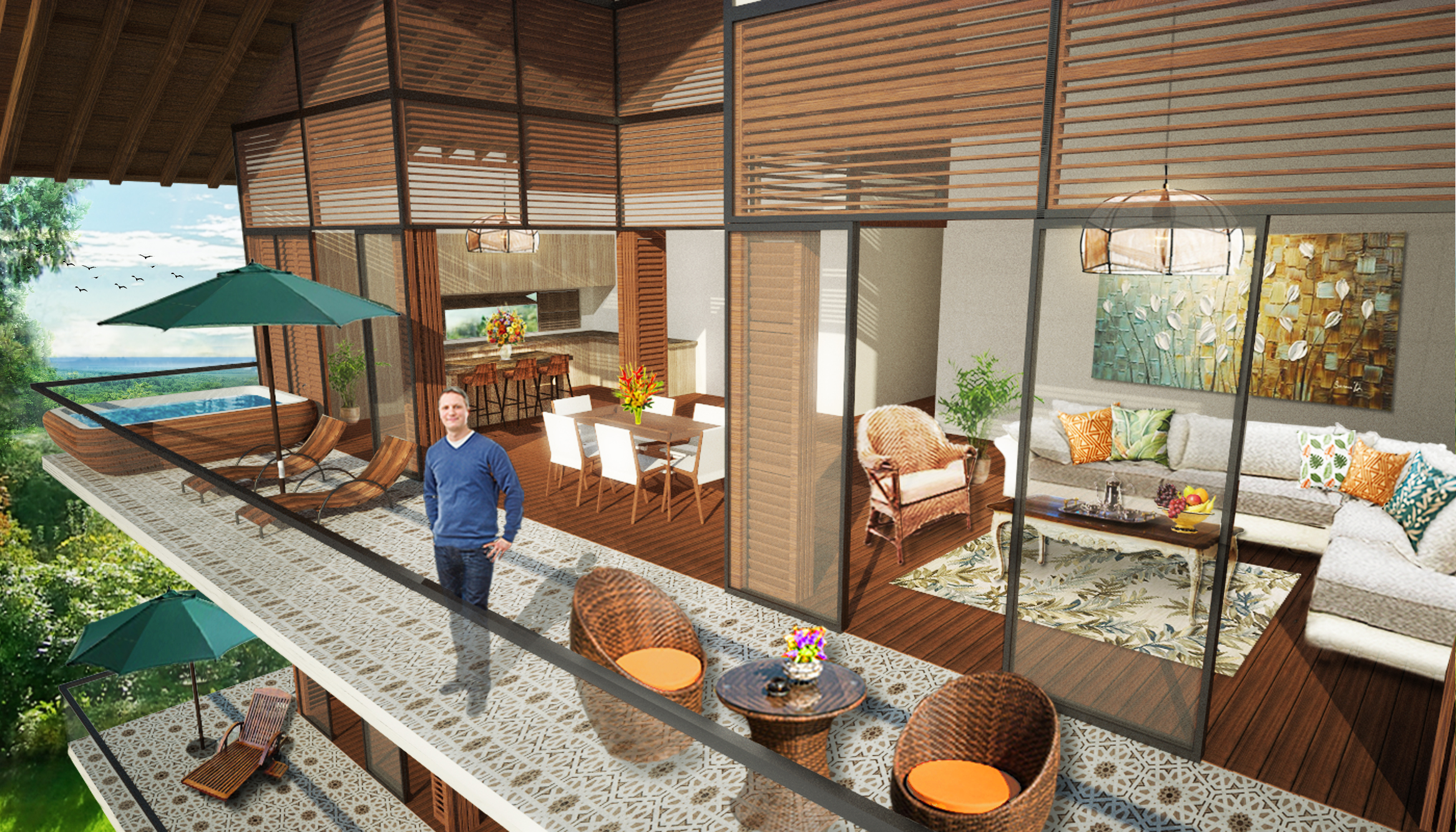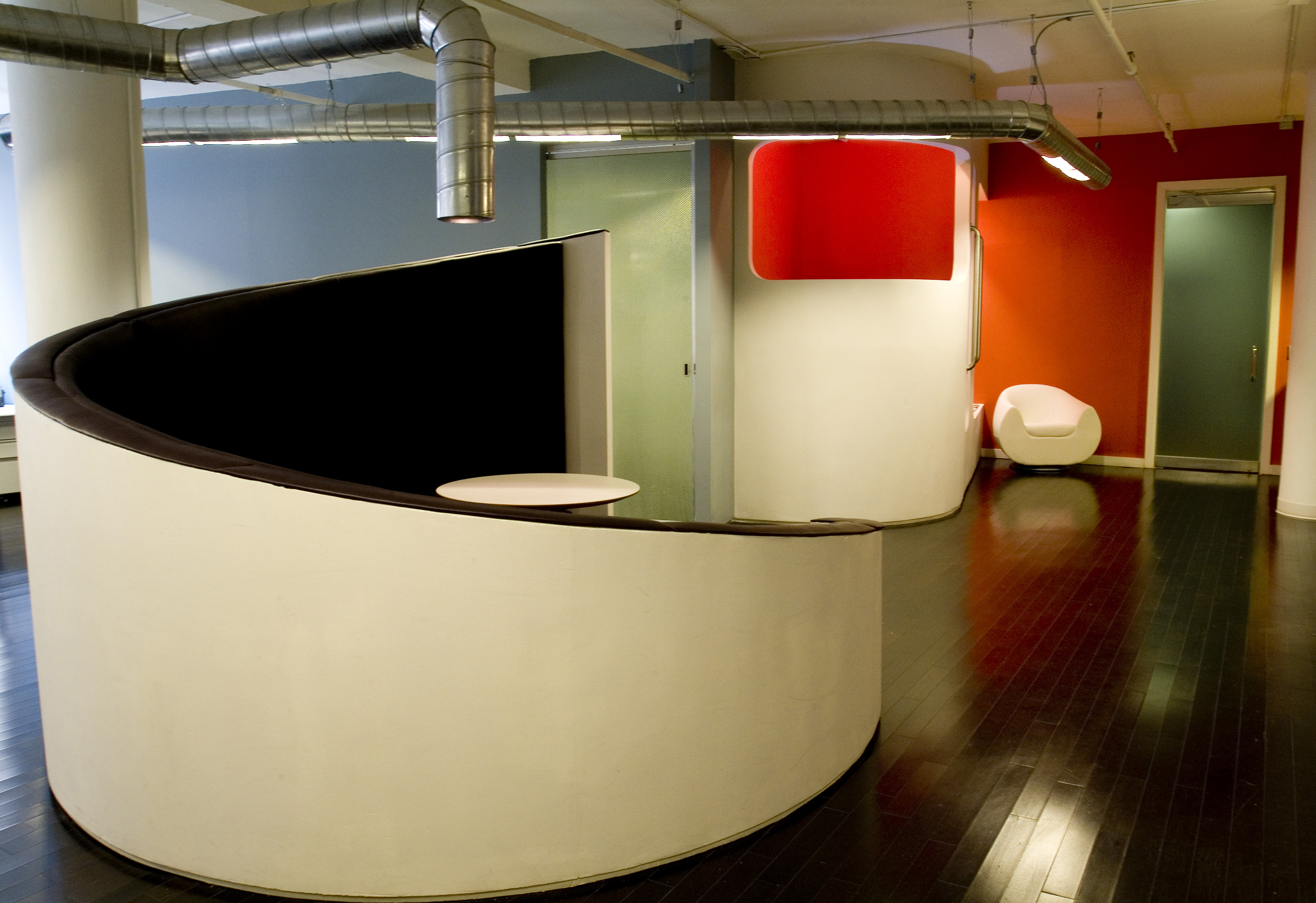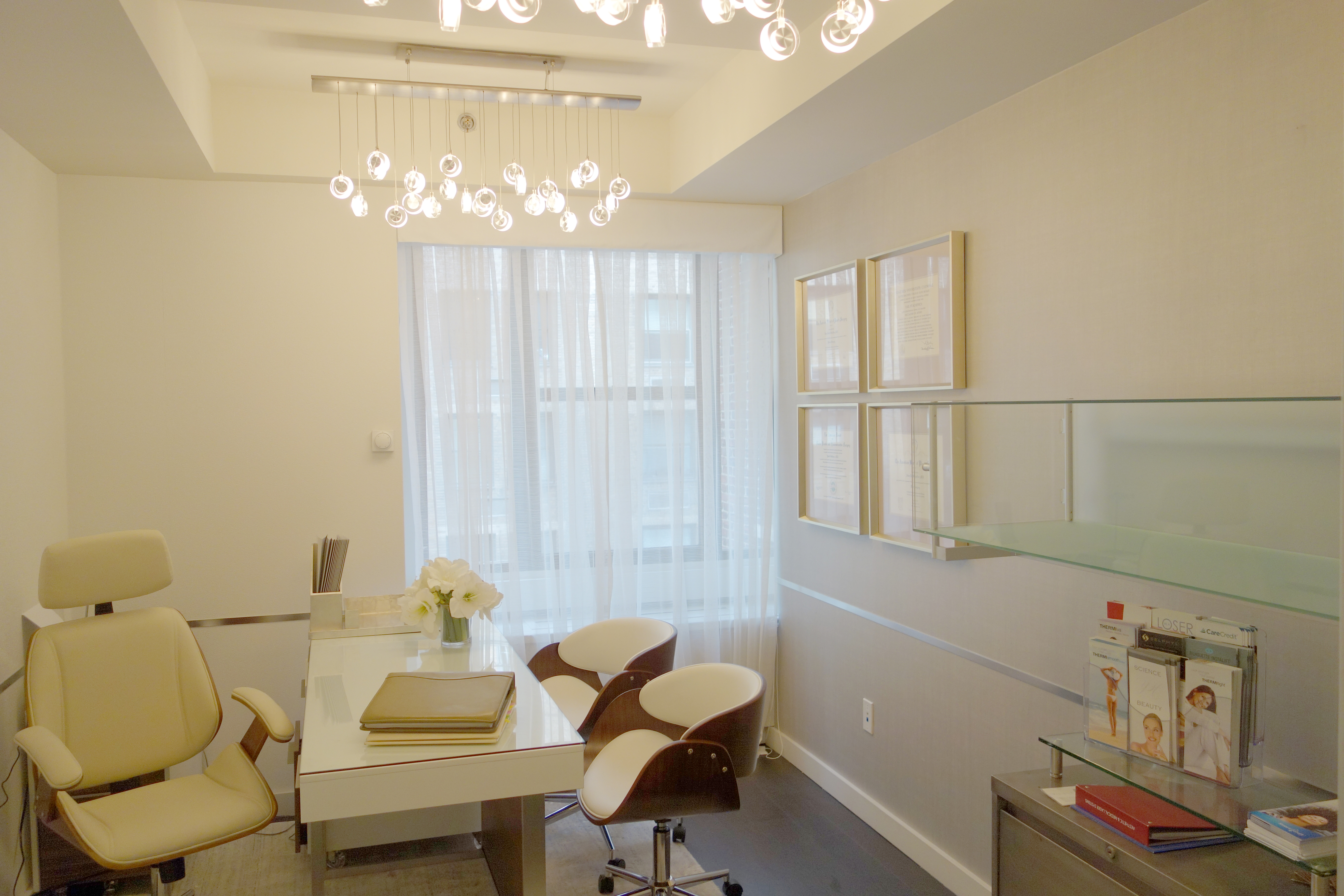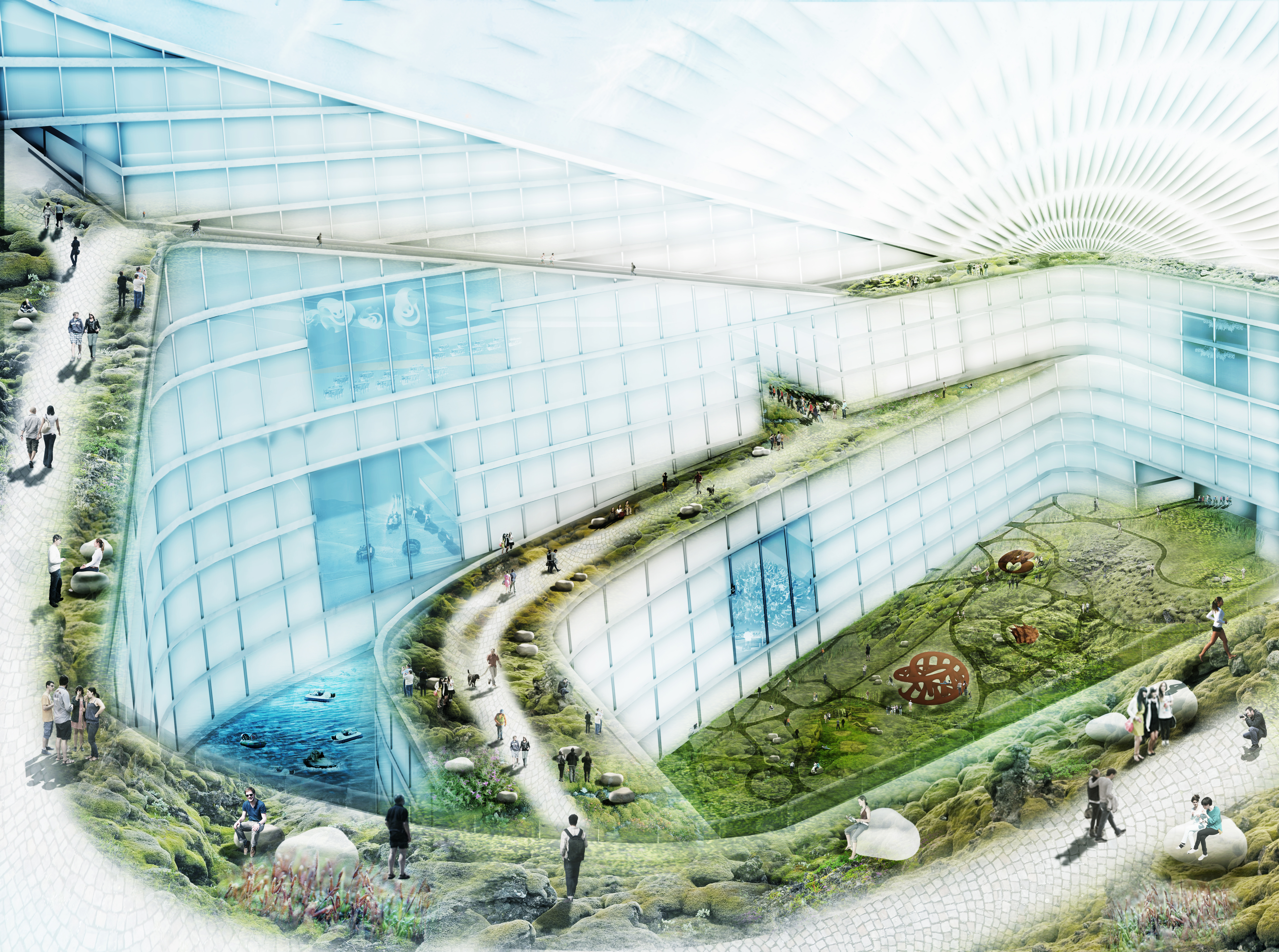by: Alexander Luckmann
Vanessa Keith, AIA, is founder and principal of StudioTEKA, a New York City-based interdisciplinary design practice whose work ranges from small-scale interiors to research projects on the impact of climate change on the built environment. Trained in international relations as well as in architecture, she brings a broad vision to her professional practice, allowing her to investigate the environmental, social, economic, and political impacts of architecture. StudioTEKA’s recent built projects include the renovation of marketing and plastic surgery offices in New York. Caribbean Highlands, a community and eco-resort in Costa Rica, is currently in the works. Keith and StudioTEKA also recently published 2100: A Dystopian Utopia, which imagines a world transformed by climate change. In addition to her practice, she has taught a variety of undergraduate and graduate studios at Columbia University, Pratt Institute, and the City University of New York. In this interview, she discusses the scales of her practice and why the AIA is important in fostering the New York architecture community.
Q: You studied religion and philosophy undergrad, and then received a master’s degree in International Affairs before studying architecture. What made you decide to become an architect, and how has this diverse educational background influenced your practice?
A: The Religion Department at Columbia was a wonderful place that allowed me to essentially create my own undergraduate major, delving into non-Western philosophies from around the world. I took courses in Buddhism and Hinduism, as well as in some of the syncretistic religions like Santeria and Candomble, parts of which came from Africa to the New World and merged with Christianity. Understanding philosophy, culture, and different systems of meaning has always been a source of fascination to me because of my background. I’m Italian, Jamaican, and Chinese, born in Jamaica and raised in the US. After I finished my Master of International Affairs at Columbia’s School of International and Public Affairs (SIPA), many of the jobs I was interested in required some level of technical expertise, so I decided to go to architecture school for an M.Arch at PennDesign at the University of Pennsylvania. I also chose architecture because I had studied urban planning as a focus area while at SIPA, so I was already very interested in how cities shape and reflect who we are. Saskia Sassen, who wrote the preface to my book, 2100: A Dystopian Utopia—The City After Climate Change, was one of my favorite professors while I was at Columbia and has definitely had a hand in shaping my thinking about all things urban, as has Michael Sorkin, my publisher, colleague and mentor.
Q: Much of your design practice consists of competition entries. How do you see the role of competitions? Can you talk about the consequences of their importance in architecture?
A: My practice is definitely not only about competition entries, although we do enjoy speculative work a lot because it allows us to engage with new ideas and develop an ongoing body of research. Since opening the office in 2003, we’ve established what we like to call the StudioTEKA Summer Research Project. Members of the team meet with me every spring to discuss ideas they’d like to work on, which can sometimes be interesting design competitions, but can just as easily be independent topics that end up turning into articles like the ones I wrote for Urban Omnibus on climate change and reforesting cities, or our book, 2100: A Dystopian Utopia. 2100 started out as a summer exercise when Michael invited us to take part in an invited competition but later, it developed into a book when he asked us to be a part of his Urban Research book series. I think that speculative work, research, and design competitions should be a part of any architectural practice. This kind of work allows for a deeper exploration of ideas, whether theoretical, technological or technical, and can become a way of developing new areas of specialization and expertise for an office. We have also found that many of the research ideas we’ve developed over the years eventually find their way into our projects.
Q: Your work focuses on the interaction between buildings, cities, and climate change. How do you see climate change impacting New York in the next three years? In the next 30?
A: Climate change has, unfortunately, already been impacting New York City for some time now. When I was a child, no one on the East Coast was even particularly aware of hurricanes. They were strictly a Caribbean phenomenon. Now these storms regularly track up the Eastern seaboard. We’ve also seen a new pattern where changes of season see huge 30 degree shifts in temperature over the span of a few days. That never used to happen here. Not to mention more catastrophic storm events, like Hurricane Sandy. These storms are going to become more common, and, if we don’t act to stop the onward march of climate change, more ferocious. Over the next 30 years New York will need to retrofit existing buildings to make them more hurricane and flood resistant, and we will need to dramatically rethink our approach to shorelines, making more soft edges to absorb flood waters and blunt the impact of waves, as well as beginning to implement things like storm surge barriers which are currently used in places like the Netherlands. Another idea we’ve been working with in the office for some time is that of retrofitting existing buildings with clip-on architecture–technology that can absorb CO2 from the air or generate renewable energy on site. Some of these ideas can be seen in 2100 in our design for the area around the Gowanus Canal in Brooklyn, and we are currently in the early planning stages of a project with the Glimpse Group and Astoria Park Alliance to do a project which raises awareness of these issues in real time using augmented and virtual reality platforms. We are also currently in talks with the Port Authority of Jamaica to do some consulting for them related to climate change and disaster mitigation and preparedness in Jamaica. And we are in talks to begin implementing some of our ideas about hybrid remediation devices for both interior and exterior spaces with a new client based in China.
Q: How do conceptual and built projects interact in your practice? For instance, how does the speculative work in your book 2100: A Dystopian Utopia – the City after Climate Change interact with, say, a restaurant or other project you design for a client?
A: As I mentioned above, they definitely do interact! When I started my practice I was hesitant to specialize, because I thought that meant having to commit to doing only residential, commercial, or institutional work. We don’t specialize based upon scale or project type—we do both residential and commercial projects of varying sizes, and have also done larger scale campus master plans and lighting design. But we definitely do specialize in terms of having an area of expertise that is both our passion and our mission in life, and that relates to our concerns about climate change and the environment. We try to address these issues in our built work, for example, by sourcing more environmentally sustainable materials for our interiors projects, such as in the Flatiron Marketing Offices, or in the Midtown East Plastic Surgery Office Suite we are currently working on, or by factoring in things like passive cooling and rooftop water collection into building design or gently shifting the natural drainage on a site to protect the buildings and amplify existing streams in Caribbean Highlands, our eco-community project in Costa Rica. As we get further down the road on the design of the buildings for that project we are also planning to do some research and development of clip-on architecture concepts related to solar energy generation specifically tailored to that project.
Q: Why is it important for you to be involved with AIANY?
A: I think the AIA can be a wonderful resource to engage with a community of like minded practitioners. I gave a talk for a leadership breakfast sponsored by the AIANY Women in Architecture Committee at the Center for Architecture in April, and it was a truly wonderful experience to share our ideas and speak with people afterwards. We have a really fantastic architecture community here in New York. They are active, passionate, opinionated and very civic minded, and that’s a really great thing! I strongly believe that architects can change the world, and that space, whether on the scale of a home or a city, conditions our interactions with one another in more ways than we realize. Despite the dire predictions, there’s still a lot of good in the world, and there’s still a lot that we can do to shift the future in a more positive direction as far as climate change and the environment are concerned. And I fully intend to be a part of that movement to see it gain momentum and actionable results.








